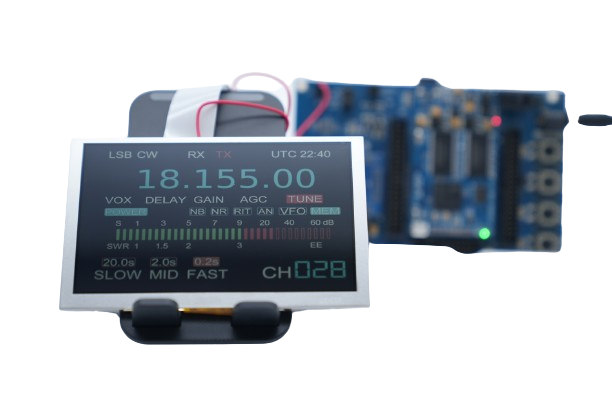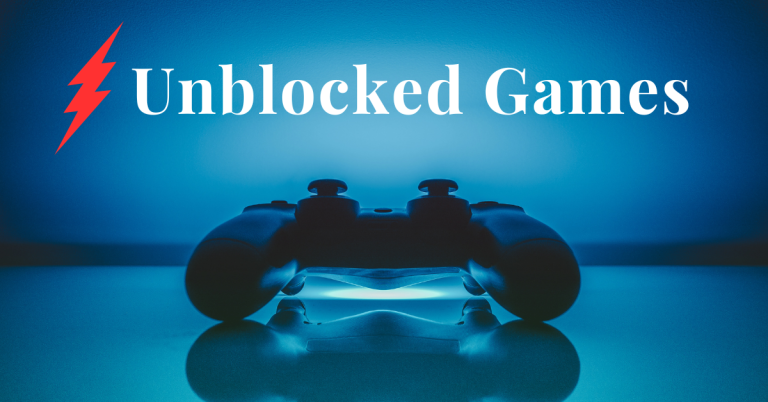How TFT Screens Are Enhancing Modern Wearable Devices
In today’s tech-driven world, wearable devices have become increasingly popular, offering users convenience and connectivity at their fingertips. One of the critical components that significantly contribute to the functionality and performance of these devices is the TFT Screen (Thin-Film Transistor screen). This article explores how TFT screens are enhancing modern wearable devices, their advantages, and their impact on user experience. For cutting-edge TFT display solutions, visit stoneitech at www.stoneitech.com.
1. Understanding TFT Screens
A. What is a TFT Screen?
A TFT Screen is a type of liquid crystal display (LCD) that employs thin-film transistor technology to control individual pixels. This technology allows for better color accuracy, contrast, and faster response times compared to traditional displays. TFT screens are widely used in various electronic devices, including smartphones, tablets, and, notably, wearable devices.
B. How TFT Screens Work
TFT screens operate by applying a thin layer of transistors to each pixel in the display. This setup enables precise control over the liquid crystals, allowing for improved image quality and quicker refresh rates. As a result, TFT screens can display dynamic content smoothly, making them ideal for applications in wearables that require real-time updates.
2. Advantages of TFT Screens in Wearable Devices
A. Improved Visual Quality
One of the most significant benefits of using TFT Screens in wearable devices is the enhanced visual quality they provide. TFT technology allows for vibrant colors and sharp contrasts, which are essential for displaying notifications, health metrics, and other vital information clearly. This quality is particularly important for fitness trackers and smartwatches, where users rely on quick visual feedback.
B. Faster Response Times
TFT screens offer rapid response times, minimizing lag when switching between apps or interacting with the display. This responsiveness is crucial in wearable devices, where users expect immediate feedback. Whether checking notifications or tracking fitness goals, a quick response enhances the overall user experience.
C. Compact and Lightweight Design
TFT screens can be manufactured in various sizes, making them suitable for the compact form factor of wearable devices. Their lightweight nature allows for slim designs, ensuring that wearables remain comfortable to wear for extended periods without sacrificing functionality. This balance between form and function is vital for user satisfaction.
D. Energy Efficiency
Wearable devices often rely on battery power, making energy efficiency a top priority. TFT Screens consume less power compared to older display technologies, helping to extend battery life. This efficiency allows users to enjoy their devices longer between charges, enhancing the overall usability of wearables.
3. Applications of TFT Screens in Wearable Devices
A. Smartwatches
Smartwatches are among the most common wearable devices using TFT screens. These displays provide users with essential information such as notifications, health tracking metrics, and customizable watch faces. The vibrant colors and sharp visuals offered by TFT screens enhance the overall functionality and aesthetic appeal of smartwatches.
B. Fitness Trackers
Fitness trackers rely heavily on TFT screens to display real-time data, such as heart rate, steps taken, and calories burned. The clarity and responsiveness of TFT technology enable users to monitor their fitness goals effectively. Additionally, the energy-efficient nature of TFT screens ensures that these devices can operate for extended periods without frequent recharging.
C. Augmented Reality (AR) Glasses
TFT screens are also making their mark in the realm of augmented reality glasses. These devices require high-quality displays to overlay digital information onto the real world seamlessly. The fast refresh rates and excellent color reproduction of TFT screens contribute to a more immersive AR experience, making them suitable for both consumer and industrial applications.
4. Future Prospects of TFT Screens in Wearables
A. Advancements in Technology
As technology continues to evolve, the capabilities of TFT Screens are also improving. Innovations in display technology promise even higher resolutions, better color accuracy, and more robust performance in various lighting conditions. These advancements will likely enhance the usability and functionality of future wearable devices.
B. Expanding Applications
The versatility of TFT screens means they can be integrated into a broader range of wearable devices, including smart glasses, health monitors, and advanced fitness equipment. As wearables become more sophisticated, the demand for high-quality displays will continue to grow, driving further innovations in TFT technology.
5. Conclusion
TFT Screens are revolutionizing the wearable technology landscape by enhancing visual quality, responsiveness, and energy efficiency. Their applications in smartwatches, fitness trackers, and augmented reality glasses demonstrate the versatility and significance of this display technology. As the industry progresses, TFT screens will undoubtedly play a crucial role in the continued advancement of wearable devices.
For premium TFT Screen solutions and to explore the latest in display technology, visit stoneitech at www.stoneitech.com. Embrace the power of TFT technology and experience the future of wearables today!






